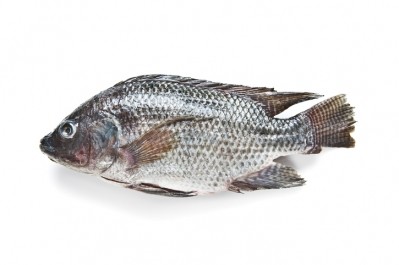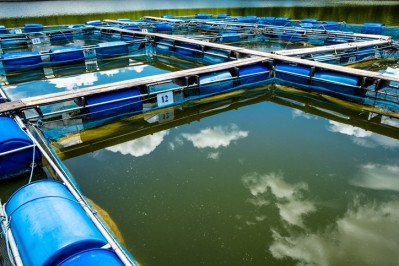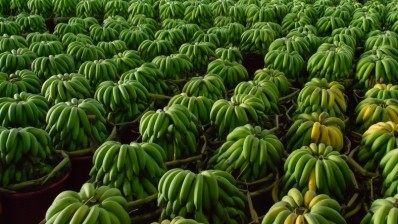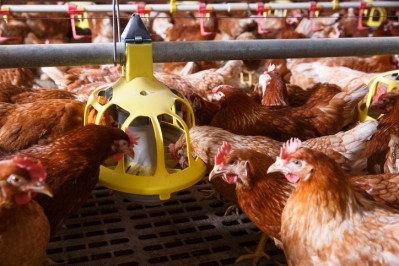Pulse-feeding probiotics boosts tilapia weight gain, growth
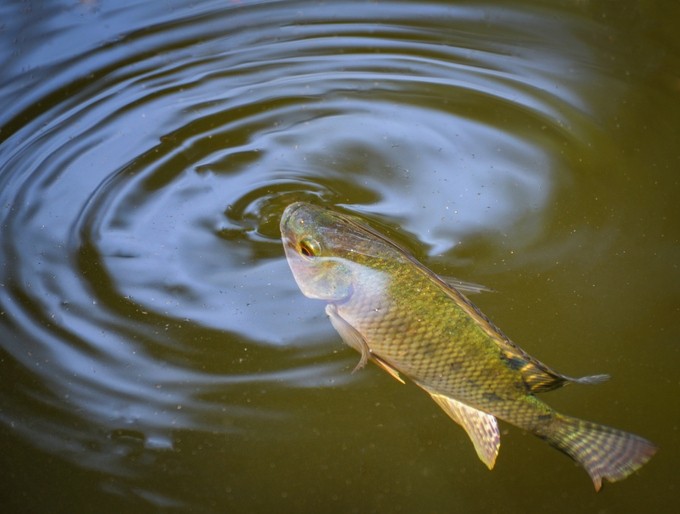
A team of researchers from the Scientific Research of Fisheries Institute and the Scientific Research of Advanced Technological Research Center for Continental Fishery Agribusiness of Fisheries Institute both in Brazil explored the use of Enterococcus faecium as a probiotic in Nile Tilapia facing a disease challenge. The group’s study was published in the journal Aquaculture Reports.
“The present work aimed to evaluate the difference and possible advantages of pulse-administration probiotic feeding strategies for tilapia culture,” the researchers said. “This goal was evaluated through analysis of growth performance, biochemical parameters. Evolution of immune parameters after a bacterial challenge of Nile tilapia fed continuously and pulse feeding schedule with probiotic E. faecium was also performed.”
Overall, the researchers found that using a feeding strategy where diets were supplemented with the probiotic for 7-day periods improved fish growth parameters, but body chemical composition and blood biochemical elements were similar for fish across all diets.
Following the disease challenge, fish on the continuously-supplemented diet demonstrated better production against Aeromonas hydrophila, they said.
“We confirmed that E. faecium enhances fish growth [and] boosts the immune system if administrated in 7-day periods, and efficiently protects fish if it is continuously administrated,” the researchers said. “This motivates further investigation that could be undertaken using other single or multiple probiotics to be used in intensive aquaculture industry.”
Reducing antibiotic use with tilapia
Tilapia production continues to expand in Brazil, the researchers said. The Genetic Improvement of Farmed Tilapia (GIFT) program has supported the expansion of Nile tilapia production.
However, in several countries the use of antibiotics has raised concerns about the development of resistant bacteria and food-borne disease, they reported. Probiotics are one alternative to reduce the use of antibiotics while protecting fish against pathogens and addressing food safety.
Probiotics have been used in aquaculture to boost growth performance, modulate the immune system and increase stress tolerance along with reducing pathogen growth, they said. “In addition, probiotics also can be effective in promoting the phagocytic activity and lysozyme levels of fish."
Why pulse-feed probiotics to tilapia?
Lactic acid bacteria (LAB) like Enterococcus faecium has been used as a probiotic in aquaculture and can be found in the intestinal tract of healthy fish, the researchers said.
“The effect of E. faecium in the water at 107 CFU mL−1 concentration (supplemented once every four days) provided higher final weight, daily weight gain, myeloperoxidase activity, respiratory burst and blood phagocytes of the group that receives probiotic in the water than the control group."
Probiotics can be provided as a nutritional strategy to improve immune response and growth performance, they said. And they may help fish face common stressors from intensive production practices, which can lower growth, reduce reproductive capacity and suppress the immune system.
However, in previous trials feeding probiotics to tilapia throughout production there were not affects from probiotic use, the researchers said.
“The pulse- supplementation probiotic feeding strategies involves alternating short periods of feeding fish with diets containing probiotic and control diets."
Previous trials with pulse-fed probiotics have found altered cholesterol values, but other elements including protein, glucose and triglyceride concentrations were not changed, noted the authors.
“Other studies reported that application of pulse-supplementation probiotic feeding strategies provides the direct benefits of short-term application during the supplemental feeding phase and during the un-supplemented stage where gastric probiotic populations persist for a number of weeks,” said the team. “The pulse feeding strategy may help to avoid over-stimulating the immune response whilst maintaining a level of protection/immuno-stimulation of Nile Tilapia produced in large scale.”
Feeding trial details
During the feeding trials, 640 fish received one of two diets presented using multiple feeding practices, the researchers said. The feeding trial lasted 84 days.
The two diets included a non-supplemented control and the diet supplemented with a commercially available E. faecium-based probiotic sprayed onto the feed.
The feeding methods included - fish were fed the non-supplemented diet continuously (CTR), the supplemented diet provided continuously (CON), a pulse administration of the supplemented diet for 7-day periods (P7) or a pulse administration of the supplemented diet for a 14-day period (P14). During the pulsed administrations, the supplemented and non-supplemented diets were alternated cyclically.
Fish were assessed for weight gain (WG), final weight (FW), specific growth rate (SGR), feed consumption (CONS), feed conversion rate (FCR) and final biomass (BIO), the researchers said. A selection of fish was harvested for blood samples and whole-body chemical analysis.
Another group of fish was collected to check for probiotic viability, they said. Fish were also checked for phagocytic activity, lysozyme activity and respiratory burst activity.
A second group of 50 tilapia raised for 21 days on the diets and feeding practices established was challenged with the pathogenic bacteria A. hydrophilia, the researchers said. A control group in the trial was not injected with the pathogen.
Fish were watched for 14 days post-challenge to assess mortality, they said.
Results
During the feeding trial, no fish mortality was recorded, the researchers said. Fish on the 7-day pulse feeding strategy had the best growth conditions – higher final weights, weight gain and final biomass.
However, fish tended to have similar body composition in terms of crude protein and ash regardless of diet and blood serum results and hematological parameters were similar, they said. Probiotic bacteria were recovered from the intestines of fish on the supplemented diets.
“Higher levels of respiratory burst activity were observed in fish that received feed pulse-administration of 14 days (P14), being statistically significant in comparison with the other groups,” they said. “No differences were observed in the phagocytic activity between the treatments.”
During the disease challenge, clinical signs were observed 24-hours following the injection and fish mortality increased after 48 hours, the researchers said. However, no fish on the control or non-infected group died.
Infected fish, regardless of diet, had increased leukocyte and lymphocyte counts compared to the non-infected fish, they said. But there were no significant differences in hematological parameters.
“The level of relative protection against A. hydrophila of groups fed diets with probiotics (CON, P7 and P14) showed higher percentage compared to control group (CTR),” they said. “Treatment with a continuous supply of probiotic supplementation showed the highest level of protection against A. hydrophila among all the tested groups.”
Source: Aquaculture Reports
Title: Effect of feeding strategy of probiotic Enterococcus faecium on growth performance, hematologic, biochemical parameters and non-specific immune response of Nile tilapia
Authors: L. Tachibana, G.S. Telli, D.C. Dias, G.S. Gonçalves, C.M. Ishikawa, R.B. Cavalcante, M.M. Natori, S.B. Hamed, M.J.T. Ranzani-Paiva
DOI: published online before print: doi.org/10.1016/j.aqrep.2020.100277
